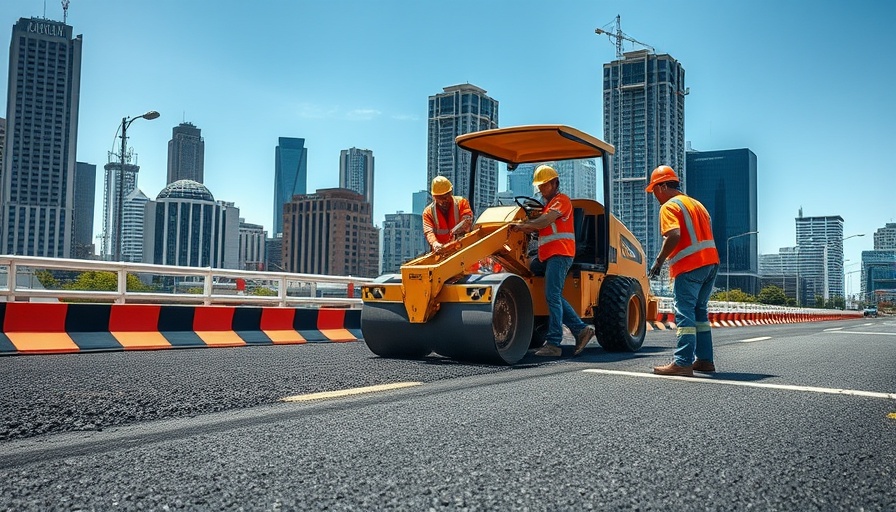
U.S. Infrastructure Grades: A Mixed Bag for Roads and Bridges
The recent 2025 Infrastructure Report Card from the American Society of Civil Engineers (ASCE) reveals that while U.S. roads have improved from a D to a D+ rating, bridges maintain a steady C. This report highlights various elements of the nation’s infrastructure, painting a picture of both progress and the need for continued investment.
What’s Behind the Rising Road Grade?
One reason for the improved road rating is the decrease in the percentage of major roads deemed “poor or mediocre” since 2020. This positive trend, however, doesn’t overshadow the fact that American drivers still incur an average cost of $1,400 per year due to vehicle expenses and delays caused by congested and deteriorating roads. Although road fatalities have dropped, the total number remains alarmingly high at 40,990 in 2023, underscoring a persistent safety concern.
Bridges: Caution Ahead
Though bridges have retained a C rating, the report warns of an increasing number rated “fair.” Maintaining these bridges is crucial as those in fair condition are less expensive to manage compared to those deteriorating into poor condition. Thankfully, the $1.2 trillion Infrastructure Investment & Jobs Act from 2021 provides significant financial support, including a $27.5 billion Bridge Formula Program and a $12.5 billion Bridge Investment Program, which are vital for these infrastructure assets.
Gradual Improvement with a Long Road Ahead
The ASCE's report is optimistic about recent federal investments, which have helped the overall infrastructure rating rise from a C- to a C. Still, the investment gap remains concerning. With an ongoing hesitance to prioritize modern infrastructure upgrades that focus on resilience, many categories—including roads and transit—need attention.
Beyond Roads and Bridges: An Overview of Other Grades
ASCE assessed 18 categories in this year’s report, including the introduction of broadband for the first time, rated at C+. Notably, categories showing improvements include dams, hazardous waste, inland waterways, levees, ports, and parks. However, energy and rail categories witnessed slight declines, marking only modest shifts across the board; no single category moved more than half a letter grade.
What This Means for Americans
As we digest these findings, it's important for both policymakers and citizens to understand the implications. Investing in infrastructure isn’t just a matter of convenience; it significantly impacts daily lives, from commuting times to safety on roads and bridges. As U.S. infrastructure continues to face challenges, sustained investments will determine whether we will see tangible improvements in the future.
Conclusion: The Road Ahead
Given the increased funding opportunities through recent legislation, we have a chance to stabilize and improve U.S. infrastructure further. Reacting actively to the findings presented in the ASCE report can guide our choices in advocating for necessary infrastructure policies that benefit every American.
 Add Row
Add Row  Add
Add 




 Add Row
Add Row  Add
Add 

Write A Comment